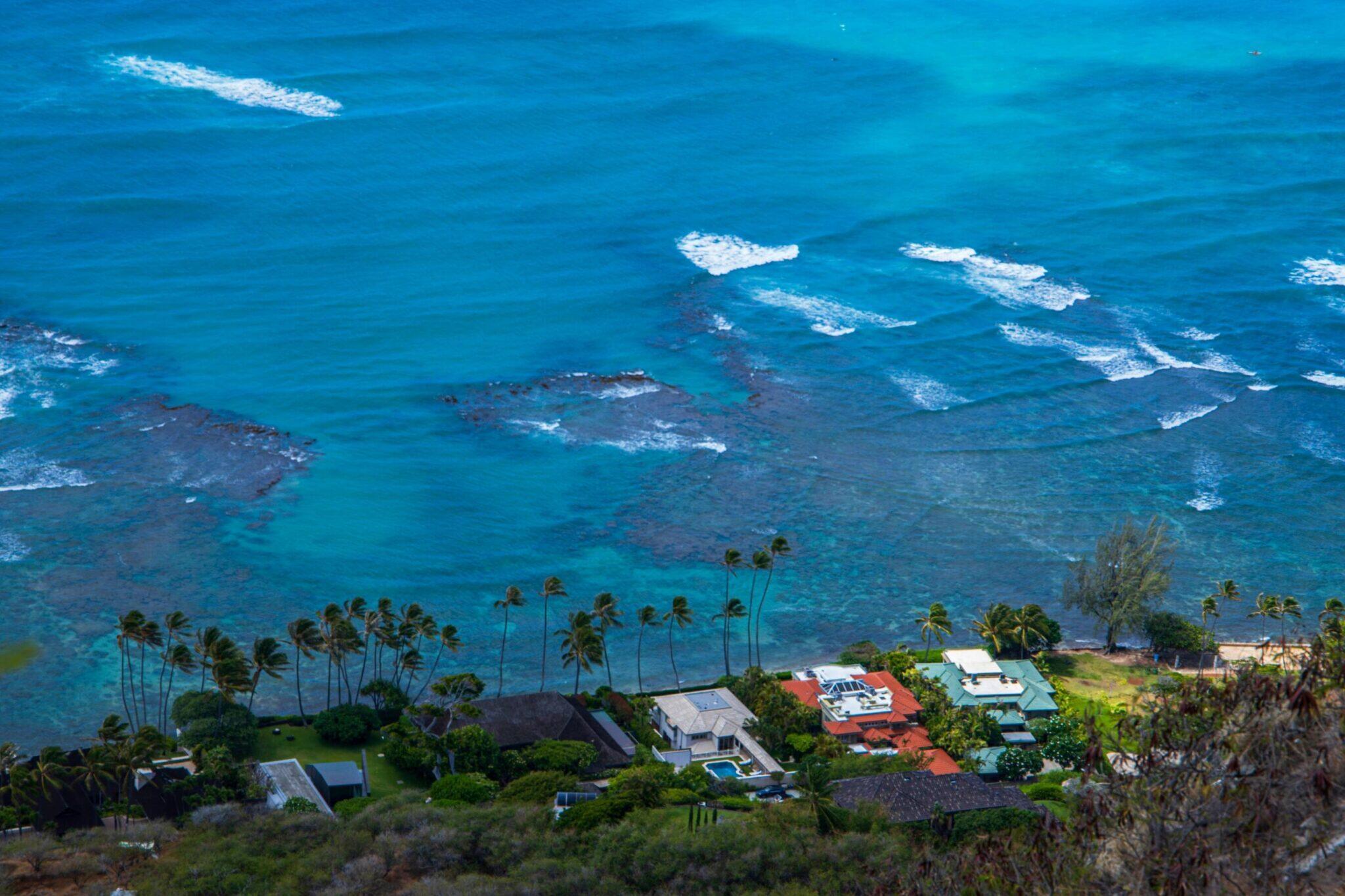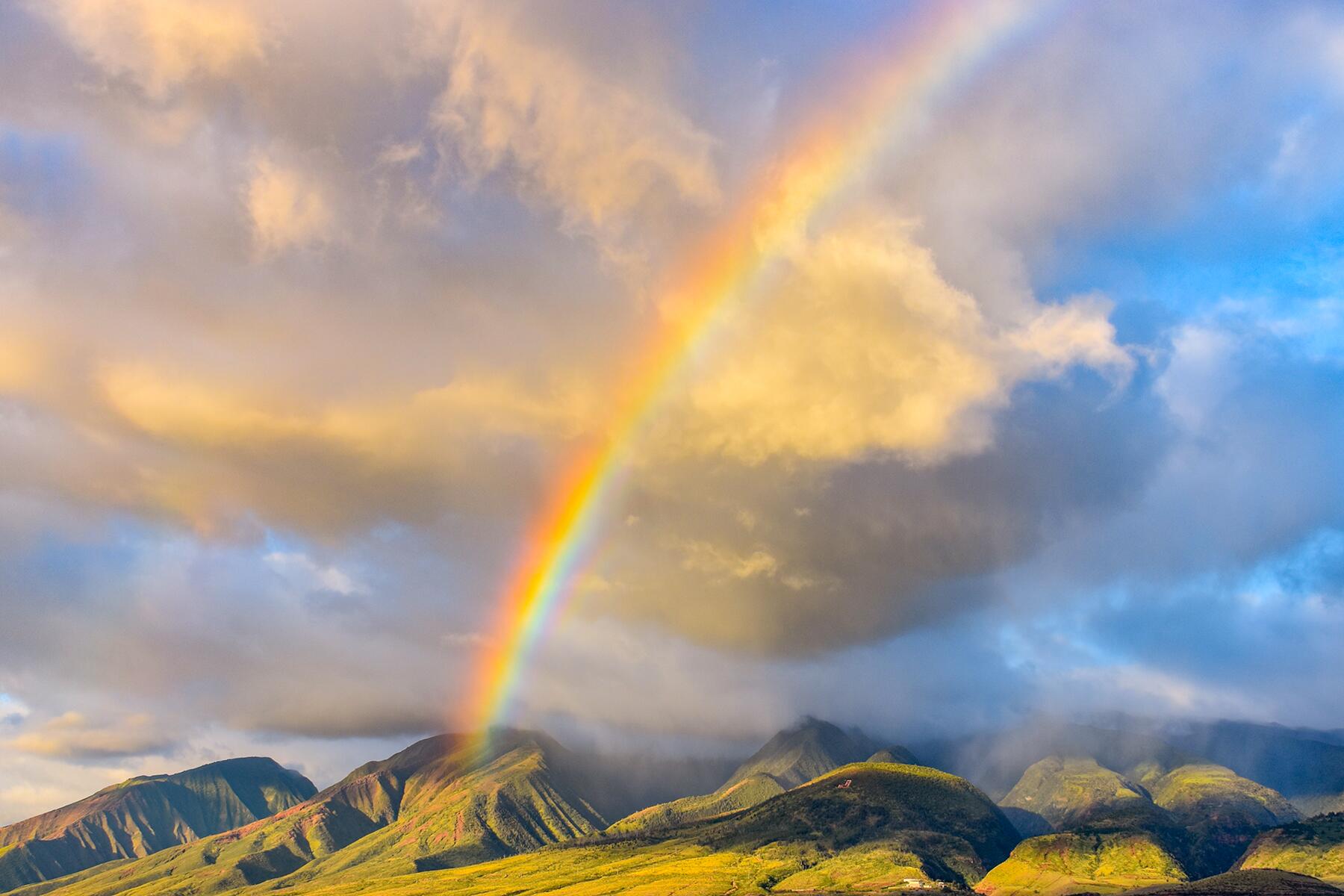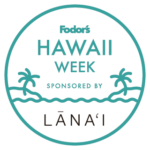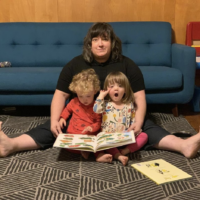LGBTQ+ locals share their favorite spots off the beaten path.
Hawaiian culture has always had a deep appreciation of the fluidity of gender and sexuality. Ancient islanders understood that people were made up of both male and female qualities and didn’t assign a gender binary to anyone. The Hawaiian language doesn’t even have gender pronouns like “he” or “she,” and, in the past, same-sex (Aikane) relationships between High Chiefs and talented men were not just common but revered.
When Captain James Cook arrived in Hawaii in the late 18th century, he wrote detailed journal entries about the Aikane and the Mahu, or transgender members of the community. In Polynesian culture, Mahu embodies the ideal of spiritual duality and is viewed as a special and revered third sex. Mahu were also traditionally the keepers of local history and genealogy, giving them a sacred place in the community.
All of this changed in 1820 when Christian missionaries arrived in Hawaii to impose their strict evangelical views on what they saw as the hell-bound islanders. Mahu culture went underground, and Aikane ceased to exist. Two hundred years later, Indigenous Hawaiian people are shining a light on the island’s LGBTQ+ friendly past, and “the rainbow state” is increasingly becoming a hot spot for LGBTQ+ travel, buoyed by the islands’ two annual pride events.
While there aren’t as many queer-specific spaces in Hawaii as in, say, West Hollywood, many of the state’s businesses are queer-friendly, and more are popping up every day. Here, we talked to a number of out and proud Hawaiians about their favorite LGBTQ+ friendly beaches, hotels, restaurants, and stores on the island.
Hey! Whaddabout Maui and other islands? Thanks to Silverlakeguy, you need to write up about his places as well.
Wow.. so Ohahu focused. Well here on the Big Island three are a few places that are LGBQ+ friendly.
Hilo- Hilo Tavern- While not a "gay" place it's very friendly and host very inclusive karaoke weekly and host regular themed drag shows usually monthly.
Pineapples restaruant - Hilo-Friendly, popular and gay owned.
My Bar - Kona - Gay owned and operated gay bar.
The Big Island is very LGBTQ friendly and host an annual Pride Parade in both Kona and Hilo.
Come visit!







Not to say that Scarlet isn’t a fun place, it is for the general public. But to say that it’s a safe place for queer people anymore is a reach and honestly so misleading. My wife and I have had several bad experiences every time we go there and it’s not just like a one time thing because they do happen when you go out to the club, but Also all of our queer friends have had more than one negative experience. Like yeah I get it it’s a club, but it’s supposed to be a safe space for us(LGBTQ+)and it’s just not anymore. My wife even commented about it on their Instagram page and they deleted her comment lol. I don’t say this to be a Karen, I just say this because it’s not a safely integrated as they claim it is and queer people should keep their guard up going there. we've tried to go there so we can have a good time together and we can't even do that while feeling safe there.